Imagine the world of a bacterium:
The soil of the forest is full of nutrients, metals, water, oxygen and everything else a bacterium wants and needs.
However, within this paradise, there is not only one bacterium. There are thousands of them. Even more.
And each one of them wants to survive, thrive, grow and reproduce.
So, every single bacterium is making sure it is the major inhabitant of this small place in the soil.
And sometimes, there is no other way than to kill the other bacteria.

To get rid of these annoying food-stealing neighbours, bacteria have developed some fancy killing machines. They poke, they shoot, they burn or they fight.
One of these machines is even more special than the other ones. The so-called type VI secretion system is an incredibly efficient nanoweapon. It works like a bow and arrow. And here, we will find out why.
A bacterial nanoweapon as a crossbow
You can imagine the type IV secretion system as a tiny crossbow with a sharp arrow. It looks similar to the bow and arrow in the picture below.
We call our bacterium with the crossbow an attacker (this is the one in grey). When our attacker meets another bacterium that could be a danger (like the one in purple) we call this one prey.
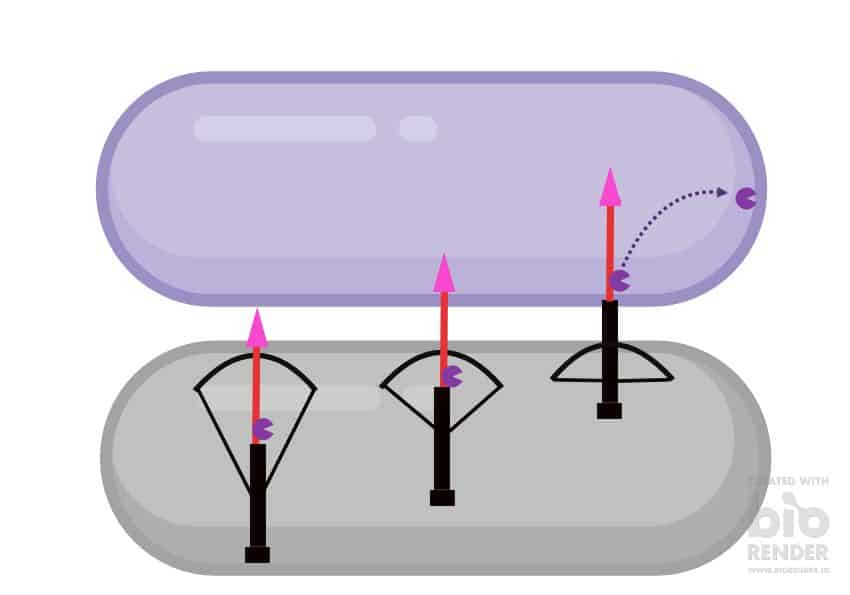
So, our attacker bacterium has this crossbow that sits on the inside of the bacterial membrane. And the crossbow has a strong stem (in black) that holds an arrow.
And the arrow of the type IV secretion system is the real deal. It consists of three different but important parts. Each one of them makes sure the prey bacterium suffers immensely.
In most cases, the arrow is incredibly powerful. As soon as the attacker shoots the arrow into the prey, the prey dies and the attacker wins.
So, let’s look at this in more detail.
A bacterial nanoweapon with special arrows
The arrow is clamped within the crossbow and has a very sharp tip and a long spike. The tip of the arrow is needed to punch a hole into the prey bacterium.
After the attacker punched a hole in the membrane of the prey bacterium, it delivers the whole arrow into the prey. The interesting thing is that toxins are glued to the arrow. So, when the attacker shoots the arrow into the prey, the glued toxins reach the prey as well.
And these toxins are the real problem. They are toxic and even lethal to the prey bacterium. So, yes, our attacker came here to kill.
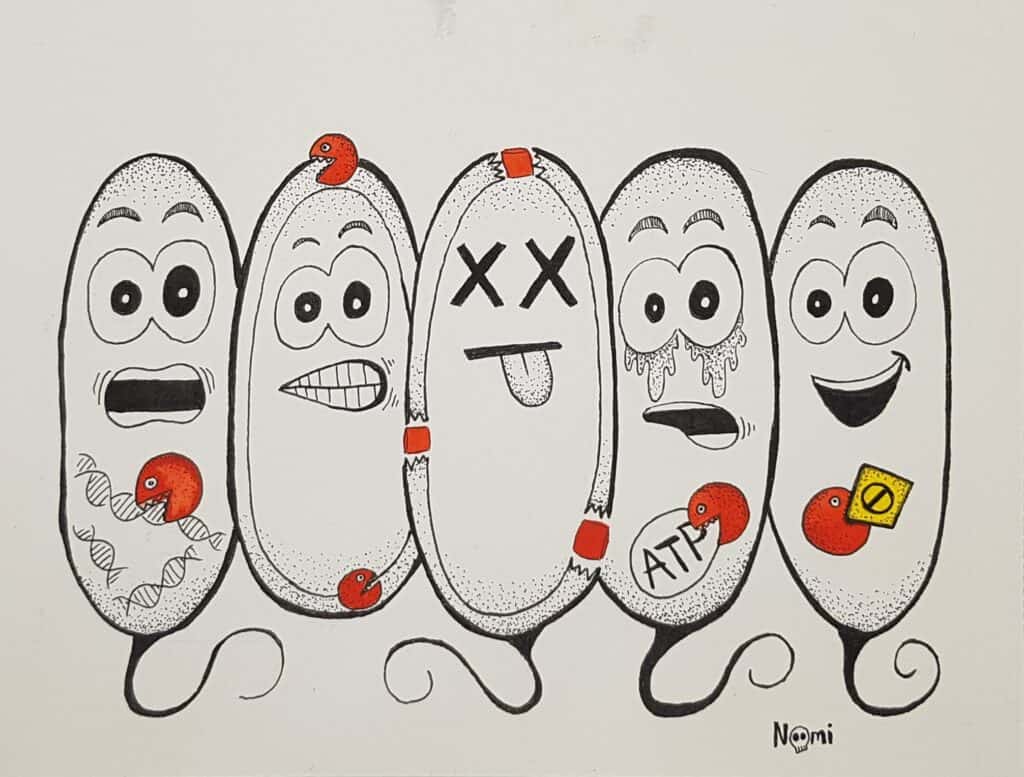
Generally, bacterial toxins mean to destroy essential parts in the prey bacteria. And this is how the attacker kills and wins!
Bacteria have many toxins
There is another cool thing about these attacking bacteria. Some of them have more than just one crossbow. Some bacteria have even up to six different ones. So much killing potential!
And all of these crossbows can shoot different arrows. Sometimes, bacteria have around ten different arrows lying around in their cells.
To make it even more mind-blowing: Each of these arrows has its own specific toxin glued to it. And some arrows carry multiple different toxins.

This means, that a bacterium has many different toxins. But don’t forget that within a bacterial cell, there are a bunch of other proteins and cellular stuff.
So, how does a bacterium make sure that it fires a specific arrow with a specific toxin?
Well, both the toxin and the arrow have fitting patches. And bacteria use these patches to glue a toxin to a specific arrow.
Once arrows are loaded to their designated crossbows, they sit in the membrane and wait to be fired. So, when a bacterium meets a prey that it wants to kill, it can choose between its crossbows, arrows and toxins. Each one of these combinations seems to have an advantage under a special circumstance and against a specific prey.
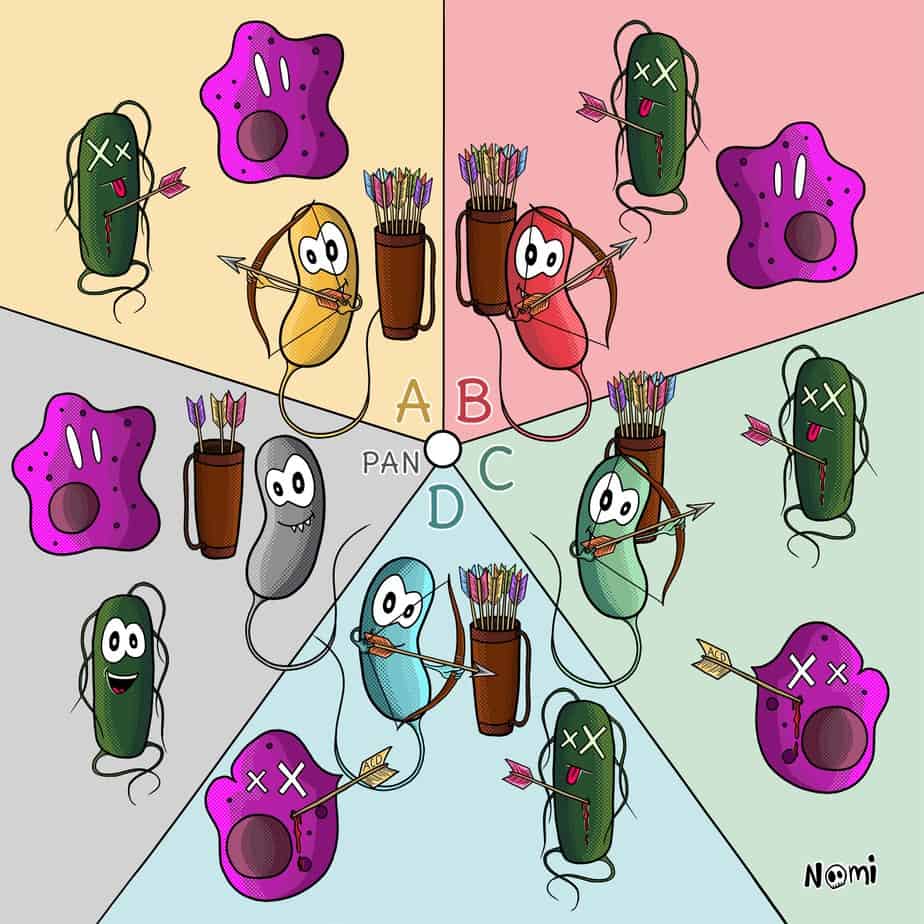
And our attacker can just choose what is right at that time.
The type VI secretion system – a truly special bacterial nanoweapon
Currently, scientists are working hard to understand exactly how this fascinating bacterial nanoweapon works. One goal is then to use this killer machine in other applications.
For example, one aim of researchers is to have a tool to kill bacteria that we cannot fight with commercial antibiotics anymore. Another idea is that we better understand how toxins glue to the arrow so that we can create bacteria that deliver therapeutics, vaccines or other drugs.
So, let’s see what future research into this amazing bacterial nanoweapon will bring us.

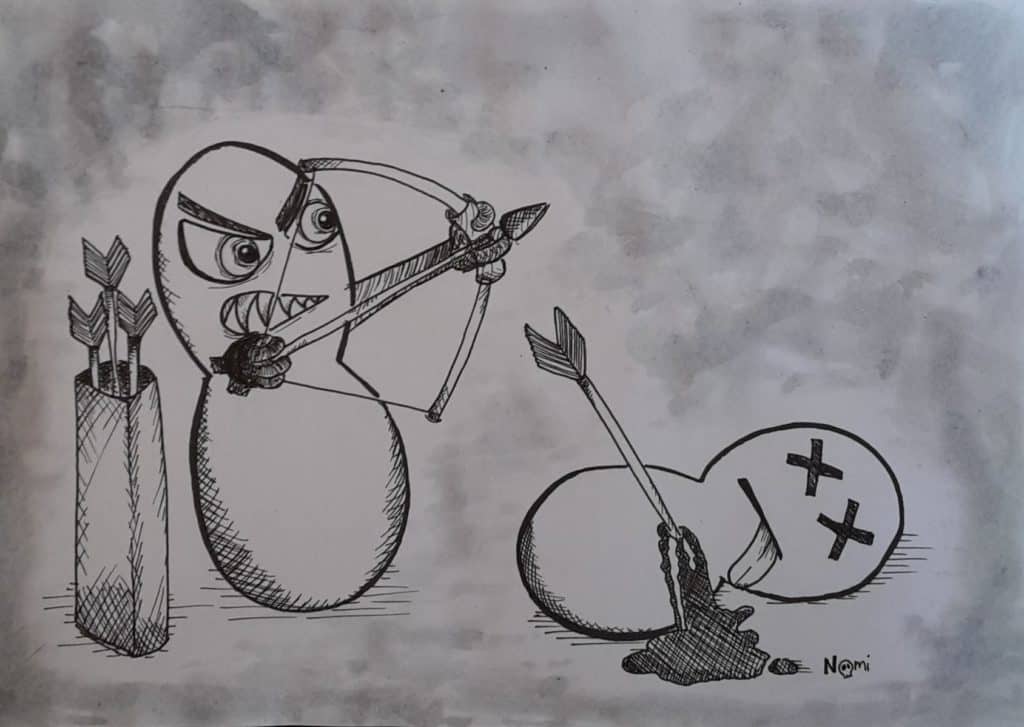
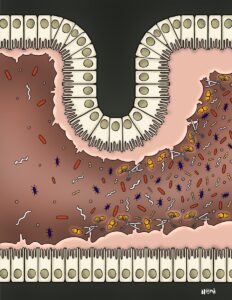

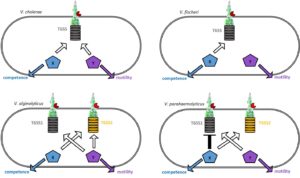
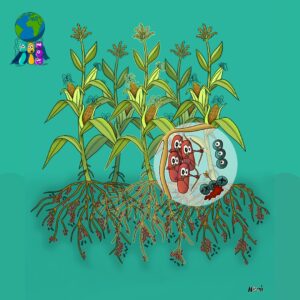

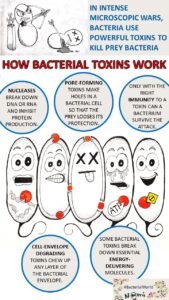

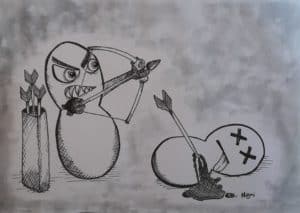


7 Responses
Nice job! Coller Artikel, somit verbessere ich mein Englisch noch yeaaay